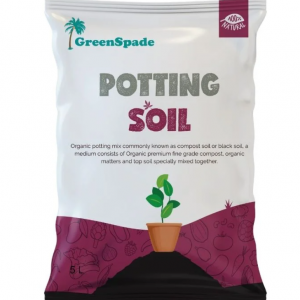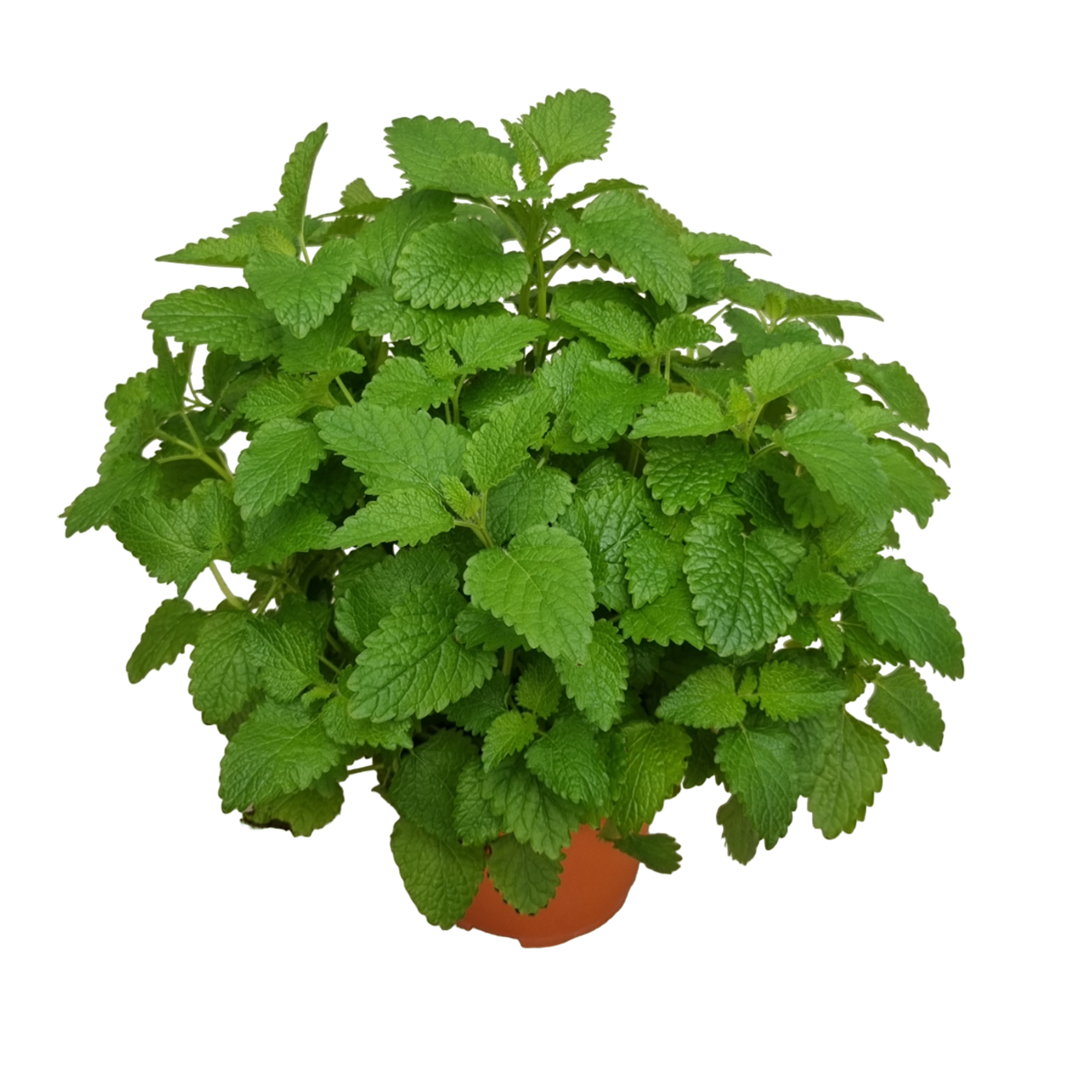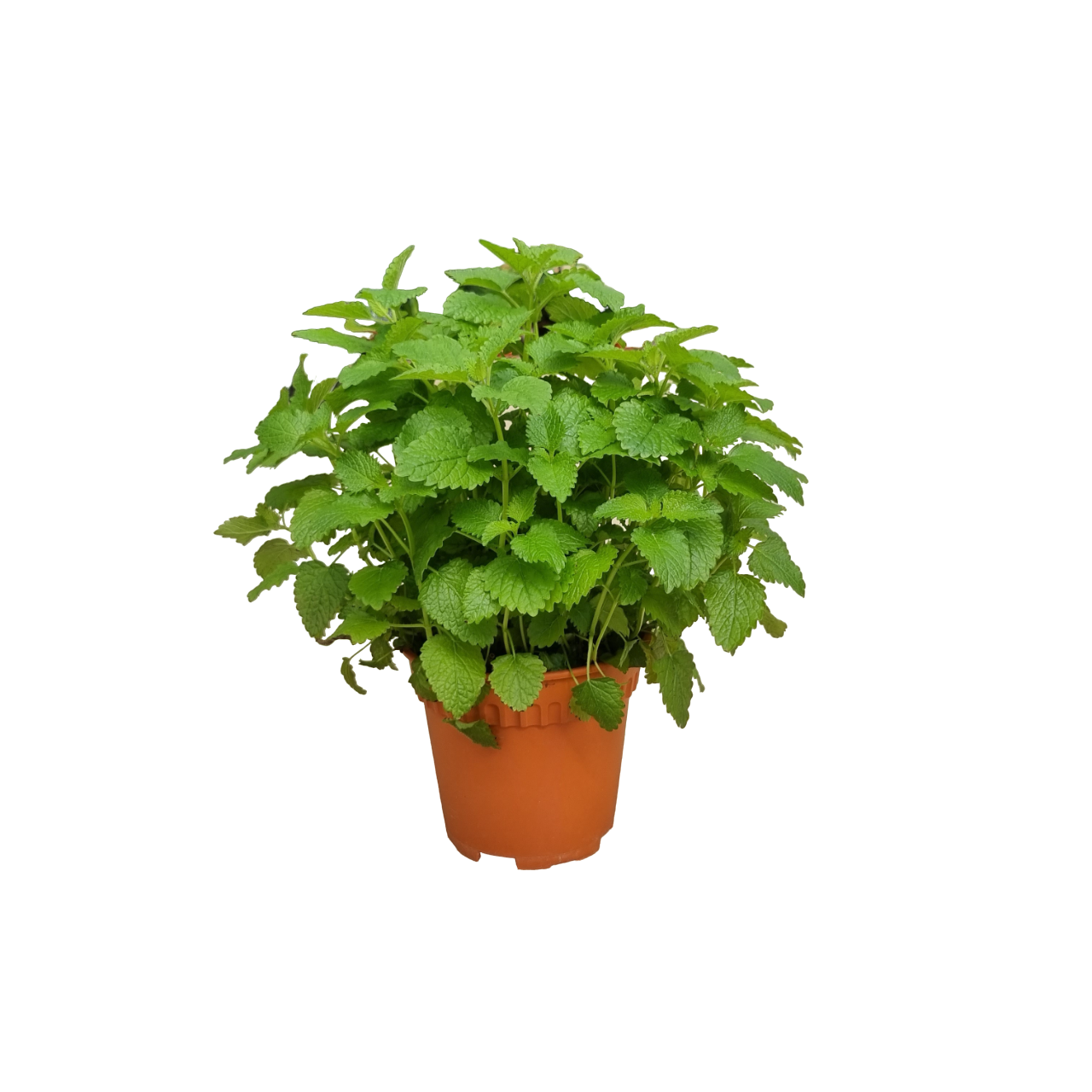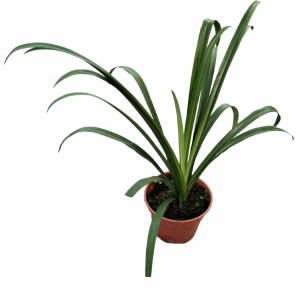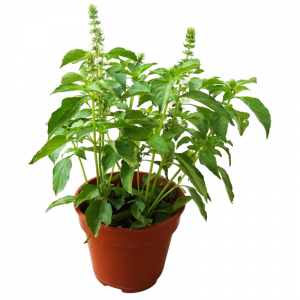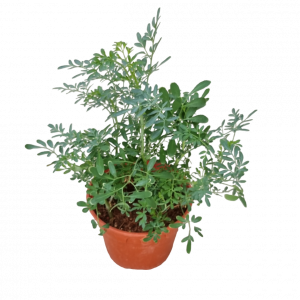Melissa officinalis, commonly known as Lemon Balm, is a perennial herb from the Lamiaceae (mint) family, native to Southern Europe and the Mediterranean region. With its aromatic, lemon-scented leaves, Lemon Balm has been valued for centuries for its culinary, medicinal, and ornamental qualities. The plant produces small, pale yellow or white flowers and boasts a bushy, upright habit with bright green, deeply veined leaves. Lemon Balm is known for its soothing properties, often used to make teas, infusions, or as a flavouring in a variety of dishes. The leaves are also an effective natural remedy for promoting relaxation and easing stress, making this herb a popular choice in herbal medicine. With its pleasant fragrance and versatility, Lemon Balm is an excellent addition to herb gardens or containers, and its easy care makes it ideal for both beginner and seasoned gardeners.
Plant Care Guide:
Light: Lemon Balm thrives in full sun to partial shade. It grows best when provided with at least 4–6 hours of sunlight per day. While it can tolerate some shade, particularly in hot climates, it will produce more aromatic leaves and stronger growth when exposed to bright, indirect light. If grown indoors, place it near a sunny window where it can receive ample light.
Watering: Water regularly to keep the soil evenly moist, especially during the warmer months. However, Lemon Balm is relatively drought-tolerant once established, so ensure that the soil does not remain waterlogged. Make sure the pot or garden bed has good drainage to prevent root rot. Water when the top 2–3 cm of soil feels dry.
Soil: Melissa officinalis prefers well-draining, loamy soil rich in organic matter. It can tolerate a range of soil types but performs best in slightly acidic to neutral soil (pH 6.0–7.0). For improved drainage, mix in compost or well-rotted manure if your soil is heavy or clayey.
Fertilising: Lemon Balm benefits from occasional feeding with a balanced, water-soluble fertiliser. Apply fertiliser to support healthy growth, particularly in nutrient-poor soils. Avoid over-fertilising, as excessive nutrients may lead to overly lush foliage with less flavour. If grown in rich soil, the plant may not require additional fertilisation.
Pruning: Regular pruning helps maintain a compact, bushy shape and encourages fresh growth. Trim back leggy stems and remove any spent flowers to promote new foliage. Harvest the leaves frequently to stimulate new growth and to keep the plant from becoming too woody or sparse. Pruning also prevents the plant from becoming invasive in garden beds.
Pests: Lemon Balm is generally pest-resistant, but it can occasionally attract aphids, whiteflies, or spider mites, particularly in indoor environments. Regularly inspect the plant for any pests and treat with organic solutions such as neem oil or insecticidal soap if necessary. Good air circulation and careful watering practices can help reduce the risk of pest infestations.Lighting: Full Sun
Watering: Water Moderately
Watering Frequency: When top layer of soil is dry
Powdery mildew: Powdery mildew is a fungal disease that affects a wide range of plants, causing a white, powdery growth to appear on leaves, stems, and flowers. The disease is most common in warm, humid conditions and can lead to stunted growth, leaf drop, and reduced yields. It can be prevented by providing good air circulation, avoiding overhead watering, and treating infected plants with fungicides or other management strategies..
Aphids: Aphids are tiny, pear-shaped insects that range in color from green to yellow to black. They feed on the sap of plants using their sharp, piercing mouthparts and can cause stunted growth, curling leaves, and other damage. They reproduce quickly and can form large colonies, making them a common pest in gardens and greenhouses..
BIO-PLUS NPK 8-8-8-10+TE Organic Fertiliser: Every 2 Weeks.

